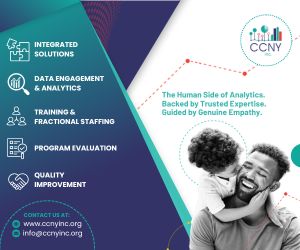For the executive teams of most provider organizations, working with health plans is often a struggle. Health plans manage the benefits of more than half of all Americans (see The Health Plan As Elephant). More than 80% of Medicaid beneficiaries now have their benefits managed by health plans (see About 85% Of Medicaid Beneficiaries Enrolled In Managed Care).…
The reach of health plans is increasing, and specialty provider organizations are paying attention. More complex populations are moving to managed care through health plans. Health plans are now covering more services. Over 75% of Americans with any type of insurance have their health benefits managed by some type of health plan, accountable care organization,…
Negotiating relationships with health plans is not a one-time management event. It is an ongoing relationship management process. It takes consistent maintenance, optimization, and reconceptualization of your health plan contracts and strategy. The goal is to keep and “upgrade” your contracts with health plans as your organization continues to build its “win-win” partnership with each…
When building relationships with health plans, provider organization executive teams must make “value” the central pillar of their strategies. Whether that means repositioning current services or developing new service designs, expanding relationships with health plans will depend on evolving relationships into financially aligned (i.e., value-driven) partnerships. In some ways, this is the holy grail of…
The relationship between specialty provider organizations and health plans has changed dramatically over the last 10 years. At present, not-for-profit organizations increasingly rely on their relationships with health plans, accountable care organizations, or specialty benefit management companies, making the ability to obtain and retain contracts with health plans an essential element for success.
As…

Payer needs and consumer preferences continue to change, and new technology developments, the rise of consumerism, and health care funding shifts have accelerated the pace of that change. To stay competitive, chief financial officers (CFO) need a process and specific tools to analyze the service line mix for alignment with mission and market needs, growth potential, and profitability...






